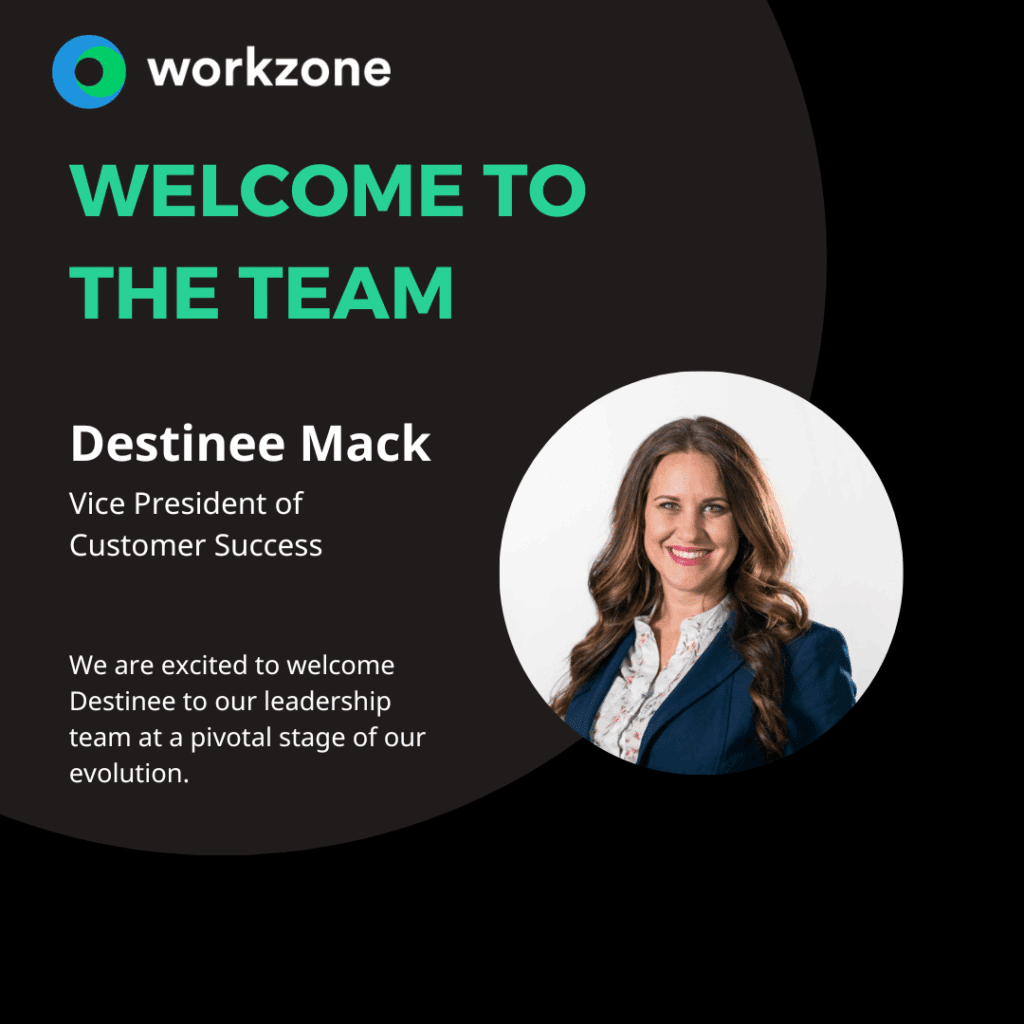Top 10 Project Management Trends for 2017

Project management is a disaster…
… for many people. There’s this persistent fear with project managers that their projects will fail spectacularly.
It’s an exercise in frustration.
Poorly defined requirements mean scope creep is a frustrating and inevitable problem. Then there’s influencing–Influencing someone to do something they don’t want to do. Something that conflicts with their goals.
Refereeing and negotiating – getting development teams to work well with marketing – since neither side actually wants to work together.
The busy work, forms to sign, time sheets to fill out. Some days it feels like these projects are more trouble than they’re worth.
Here’s the good news.
Project management trends show things are about to change.
Several trends show there’s a significant amount of growth taking place in the project management industry.
These trends are a response to the headaches and hassles we endure day after day in our projects. Learning to work with these trends means successful projects will become the norm.
So what are these trends? Where is project management headed in 2017?
1. Automation becomes an essential part of project management

Chasing team mates down, asking marketers to fill out their time sheets, these simple but repetitive tasks make project management tedious and miserable.
Communication tools like Slack and HipChat are slowly rolling out automation tools like reminders, status alerts and updates to keep everyone on the same page. They’re also adding bots to answer questions, share automated notifications, launch the latest version of an app or website, etc.
Automation has taken off with a reported 49 percent of companies using automation in their marketing programs/projects. That figure grows to 55 percent for B2B companies.
2. Remote and virtual worker adoption becomes mainstream

There’s a silent but deadly problem marketing teams struggle with. This problem kills performance and strangles productivity. What am I talking about?
Engagement
Marketing teams filled with engaged employees outperform teams with low/no engagement. There’s a wide variety of things that build engagement but one ingredient in particular acts as an important indicator.
Remote work.
Remote working, telecommuting, virtual workers, however you choose to describe it, the results are the same. Research from Gallup found that employees who spend at least some time working remotely are more likely to be engaged in their jobs.
Why?
Working remotely requires initiative, proactiveness, and a willingness to do what’s necessary – without being asked. It’s an indispensable part of remote working – if you want to be successful that is.
Research shows that remote work has climbed to 37 percent, with no signs of slowing down.
This trend is a two edged sword, simplifying and complicating project management at the same time.
3. The irregular schedule becomes widespread

A Pew Research study found that digital tools and mobile devices had a significant impact on team productivity.
- 39 percent of workers felt digital tools and mobile devices gave them more flexibility in the hours they work.
- 35 percent of workers stated these tools and resources actually increased the amount of hours they work.
How does this tie in?
Research from Kenan-Flagler Business School found that “one in three Millennials said they would prioritize work mobility, device flexibility, and social media freedom over salary when accepting a job offer. Expect this number to climb as more knowledge workers make the switch to remote work.
More workers valuing flexibility and freedom over pay.
4. People + machine collaboration

Collaboration is an integral part of any project. Take it away and the project dies. Survey after survey shows that more collaboration is a top five priority for leaders.
What if collaboration included more than just people?
As it turns out, it already has. Japanese venture capital firm Deep Knowledge, recently named Vital, an artificial intelligence, to its board of directors.
And what’s Vital’s job?
Discovering market trends not immediately obvious to humans.
This trend continues to spread.
An Accenture survey of 2,000 top level executives found that 77 percent of them expected employees and machines to work together, side-by-side in a collaborative way. These executives stated they expected to focus on training their machines as much as they do on training people.
Established automotive brands like Audi, Infiniti, Mercedes-Benz, and Toyota are already using and creating collaborative products via semi-autonomous cars. Gartner forecasts that in 2017 the field service industry will achieve a savings of $1 billion due to smartglasses!
These changes are filtering down to project management via tools and resources utilizing big data, machine learning, and natural language processing.
People and machine collaboration is the key. Collaboration on projects, not replacement.
5. People analytics gains momentum

Imagine knowing, without asking…
- Why people on your marketing and engineering teams quit
- Which teammate is more likely to exceed project expectations (and why)
- The exact moment your project is about to fall apart, before it happens
- Which marketing initiatives will be most successful (and why)
That’s people analytics at work. People analytics got its start in HR, but soon evolved beyond that department. Thanks to cloud computing and data warehousing, service providers are using information about you, what you do and why you do it, to shape, guide and inform their marketing decisions.
6. The rise of performance consulting and development

Imagine your projects are struggling. They’re missing the mark in one key area, whether that’s budgets, productivity, scope creep – whatever.
You’ve tried to find and address the problem. You’ve fixed everything you know how to fix. You’ve gotten help with the areas you don’t know how to fix. Nothing works.
Your problem isn’t going away.
These are the kinds of problems performance consulting solves. Trainers respond to specific requests, e.g. help me with… Trainers focus on, well… training. Performance consultants are held accountable for specific business results. The results are measurable and, like the name suggests, they improve company-wide performance.
Performance consulting uses a set of tools and strategies to improve performance, focusing on outcomes and results.
7. Personalization grows to accommodate teams and clients

Sir or Madam is a respectful greeting, at least it used to be. These days an email or message beginning with “Sir” or “Madam” is probably going to be treated as spam from a Nigerian scammer.
As marketers we know the role personalization plays.
At first, personalization was treated like icing, something nice-to-have but not really necessary. We added in a customer’s name, used their birthdays in our messages and pat ourselves on the back.
How far we’ve come.
Today personalization is deep. Savvy marketers integrate it seamlessly into their products.
- Ecommerce stores like Amazon show us related products and remind us about our browsing history
- Nike enables users to create and customize the athletic shoes of their choice
- Levi’s offered customers the chance to customize their jeans
- FashionPlaytes lets girls order customized clothing
Mass personalization can be…
- Adaptive. BMW’s memory seat settings allows drivers to customize and store their own seat setting.
- Collaborative. Customize glasses with Paris Miki and they customize the digital appearance of the glasses as well as the glasses itself, all from customer cues.
- Cosmetic. Coca-Cola’s Share a Coke campaign is a great example. This changes the appearance of the product but not the product itself.
- Transparent. Ritz Carlton customers don’t want to be bothered. They don’t want to collaborate. So the staff quietly learns about their guest’s preferences, tailoring the service each customer receives on their next visit.
Each of these personalization options are on the rise. Increasingly savvy customers are looking for tools and resources that personalize and automate key job functions.
But what does that look like?
New designers added to a project are automatically sent a short list of recent messages tagged with “design”. Content marketers automatically receive style guides when a new article to-do is added, giving teams the set-and-forget functionality they desperately need.
8. Mobility becomes dominant

Project management teams are becoming physically fragmented.
- Mobile devices are set to grow to 12.1 billing by 2018
- The time we spend personally and professionally on mobile apps, exceeded desktops two years ago.
- According to Forrester, 18 percent of employees use 3 mobile devices at work. 22 percent use 2 while 56 percent use 3 or more
- Peak hours for work productivity and app usage is between 9 and 11 PM with working adults (25 – 54)
Geographic location is no longer a limiting factor for large and small companies. Small companies like HelpScout hire remote workers all over the world.
This trend is only expected to grow, fueling the growth of performance consulting, networked teams, personalization and people analytics.
Successful project managers will be forced to deal with a disconnected, always on workforce, driving demand like never before. Automation and people/machine collaboration will soon be a necessity.
9. Networks of teams moves to replace individual teams

Big companies are slow. Slow to react, slow to move. When many people think about government productivity which words come to mind?
Slow and inefficient.
It’s common for large and medium sized organizations to have an established hierarchy. Workers report to managers, who report to executives, who report to the board.
It isn’t working.
Companies with this performance model are being left behind. They’re being replaced by something that takes advantage of the vast resources they have as a large company. But they’re behaving and moving like a nimble start up.
I’m talking about a Network of Teams.
In his book Teams of Teams, General Stanley McChrystal showed how the US military struggled during the early stages of the Iraq war. He watched as Al-Qaeda disrupted his army, running circles around them, winning battles.
His solution?
Decentralize authority, creating highly specialized, incredibly well-trained teams. Then, create an operations group to centralize information, giving all teams access to real-time data about war activities everywhere. The rest, as they say, is history.
- Networked teams are specialists. People are divided into customer, marketing, product, mission-focused teams. They’re led by team leaders who are experts themselves.
- Networked teams are autonomous. These teams set their own goals and make their own decisions, working within an overall strategy or business plan.
- Networked teams teach other teams. They hold mini conferences, meetups, hackathons and similar events to teach and share information with others, creating a learning organization.
- Networked teams share talent. Teammates can jump from one team to another on an as-needed basis. People can stay or return to their “home team” once projects are done.
10. The death of privacy

Facebook ran a psychological experiment on their users.
They hid “a small percentage” of emotional words from people’s newsfeeds, without telling them. Why? To see which words had an effect on the “likes” received.
They wanted to gauge user reaction. So they manipulated their users to get what they want. Eventually, as expected, they were busted.
Their response?
Regarding their experiment… “it was poorly communicated… we apologize. We never meant to upset you.”
Make no mistake.
This is happening to you. Your data, as you know, is being shared, catalogued and compiled. Your information is used to learn more about you, your likes, dislikes, interests, wants, leanings, ambitions and more.
From a project management perspective, this is fantastic. As marketers we have the growing ability to find the right people for a particular project or campaign and create something that works. People analytics, combined with machine learning, gives teams an incredible advantage, increasing the odds that their project succeeds.
Soon these trends will be mandatory
Managers are overwhelmed. Workers are overwhelmed. The amount of information, the total knowledge in the world, is doubling every six months.
It’s getting harder and harder to keep up.
These trends are growing, out of necessity. The teams that embrace these changes, the ones that get in front of these trends will win. The demand for products, for performance, for results – is growing.
Yesterday’s success just isn’t enough.
These trends aren’t going away. What if the time frame is wrong? What if these trends aren’t a thing for a few years?
They will be.
Research from Data scientists, corporations like Google and Amazon, and think tanks are all saying the same thing.
These trends are accelerating.
Are you ready for these project management trends?
Most teams aren’t. There’s this persistent fear with project managers that their project, any project they’re a part of, will fail spectacularly.
And you know what? They’re right.
But that doesn’t have to be the case for you.
You see these trends, you know what’s coming. Your marketing projects don’t have to be a disaster. They won’t be… if you act now.
Get started now, move forward consistently and you’ll realize you’ve left disaster behind. Did I miss any trends you see? Share with us below.
[text-blocks id=monster-newsletter]
Last updated on June 5, 2025



